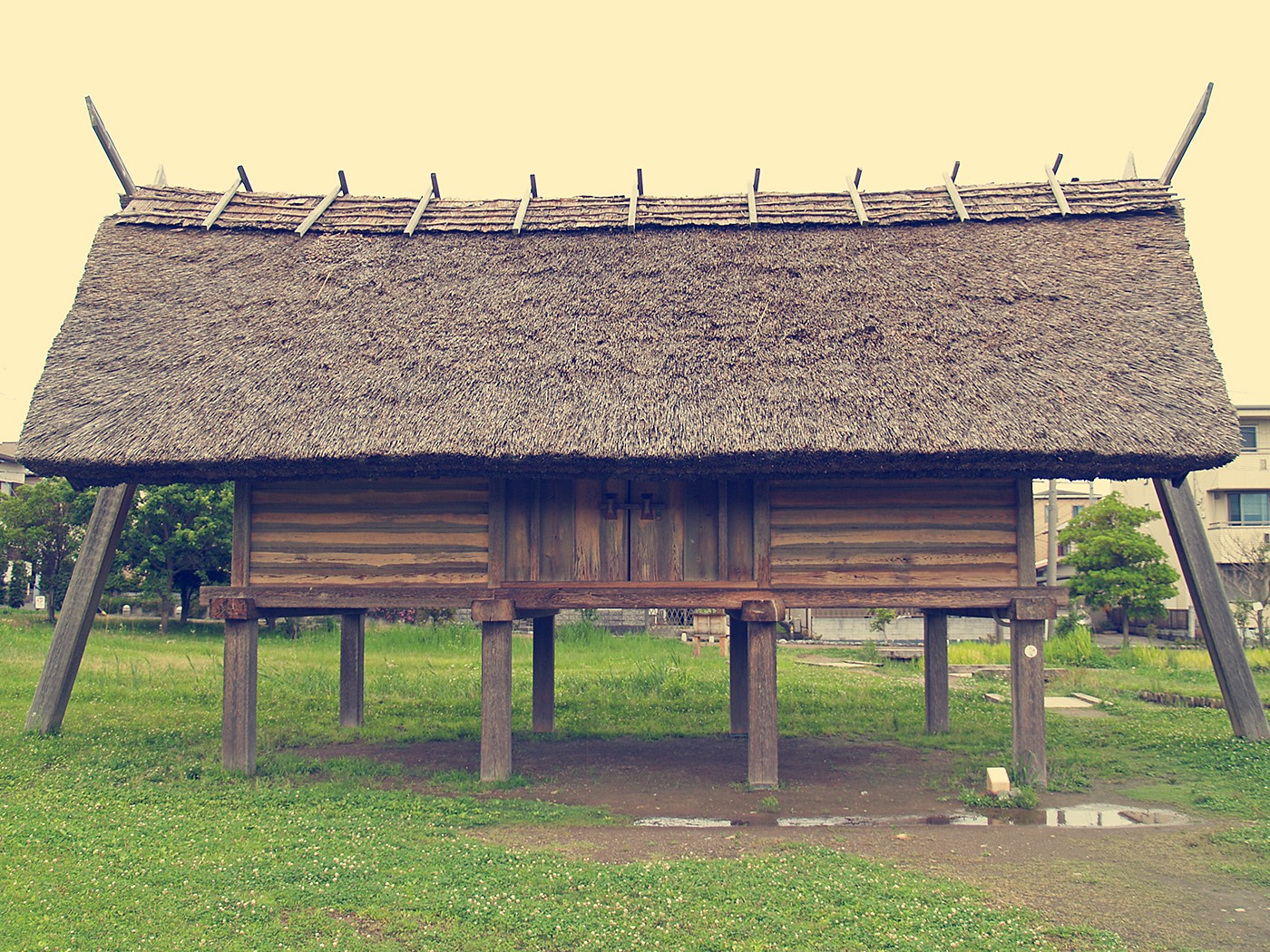Toro Site - a Special Historic Site
Toro Site is an archaeological site of a settlement dating back the Late Yayoi period, some 2,000 years ago. The site was discovered during the construction of a munitions factory in 1943, at the time of World War II.
Thanks to the tireless efforts of everyone involved, an excavation was carried out in a short period of time. The discovery elicited considerable attention from academic associations, and it was the first time remains of rice paddy fields from Yayoi period were found in Japan.
After World War II, a full-scale excavation was carried out from 1947 to 1950. In addition to unearthing a large number of artifacts such as earthenware and wooden implements, the excavation revealed that the settlement consisted of a dwellings area, with remains of houses, storehouses, and other structures, and a rice paddy area. This played a role in establishing the image of Yayoi people being wet rice farmers. The excavation also led to the formation of the Japanese Archaeological Association, so the site also marks the beginning of post-war archaeology in Japan.
In 1952 the site was designated as a national Special Historic Site, and following that it was developed into a historic site park. It was re-excavated from 1999 to 2003, revealing many new findings such as a large building with earthfast pots (the ceremonial hall), a ditch which marked the boundary of the settlement, and the existence of smaller partitions in the rice paddies. Today, Toro Site is open to the public as a historical park which recreates what the settlement was like at the time.








